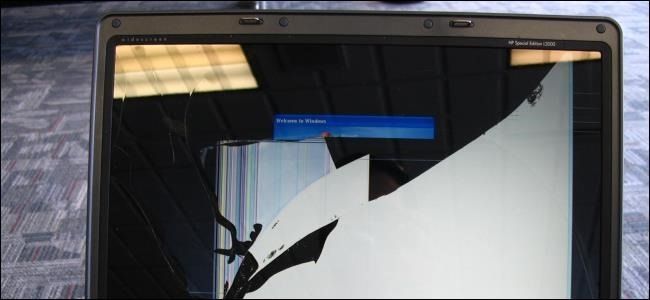
Chris Hoffman
Contributing since August, 2010
-
2888articles
Page 71
About Chris Hoffman
Chris Hoffman is the former Editor-in-Chief of How-To Geek. Chris has personally written over 2,000 articles that have been read more than one billion times---and that's just here at How-To Geek.
With over a decade of writing experience in the field of technology, Chris has written for a variety of publications including The New York Times, Reader's Digest, IDG's PCWorld, Digital Trends, and MakeUseOf. Beyond the web, his work has appeared in the print edition of The New York Times (September 9, 2019) and in PCWorld's print magazines, specifically in the August 2013 and July 2013 editions, where his story was on the cover. He also wrote the USA's most-saved article of 2021, according to Pocket.
Chris was a PCWorld columnist for two years. He founded PCWorld's "World Beyond Windows" column, which covered the latest developments in open-source operating systems like Linux and Chrome OS. Beyond the column, he wrote about everything from Windows to tech travel tips.
The news he's broken has been covered by outlets like the BBC, The Verge, Slate, Gizmodo, Engadget, TechCrunch, Digital Trends, ZDNet, The Next Web, and Techmeme. Instructional tutorials he's written have been linked to by organizations like The New York Times, Wirecutter, Lifehacker, the BBC, CNET, Ars Technica, and John Gruber's Daring Fireball. His roundups of new features in Windows 10 updates have been called "the most detailed, useful Windows version previews of anyone on the web" and covered by prominent Windows journalists like Paul Thurrott and Mary Jo Foley on TWiT's Windows Weekly. His work has even appeared on the front page of Reddit.
Articles he's written have been used as a source for everything from books like Team Human by Douglas Rushkoff, media theory professor at the City University of New York's Queens College and CNN contributor, to university textbooks and even late-night TV shows like Comedy Central's @midnight with Chris Hardwick.
Starting in 2015, Chris attended the Computer Electronics Show (CES) in Las Vegas for five years running. At CES 2018, he broke the news about Kodak's "KashMiner" Bitcoin mining scheme with a viral tweet. A wave of negative publicity ensued, with coverage on BuzzFeed News, CNBC, the BBC, and TechCrunch. The company's project was later reportedly shut down by the U.S. Securities and Exchange Commission.
In addition to his extensive writing experience, Chris has been interviewed as a technology expert on TV news and radio shows. He gave advice on dark web scans on Miami's NBC 6, discussed Windows XP's demise on WGN-TV's Midday News in Chicago, and shared his CES experiences on WJR-AM's Guy Gordon Show in Detroit.
Chris also ran MakeUseOf's email newsletter for two years. Nearly 400,000 subscribers received the newsletter complete with a handwritten tip every day.
Latest Articles
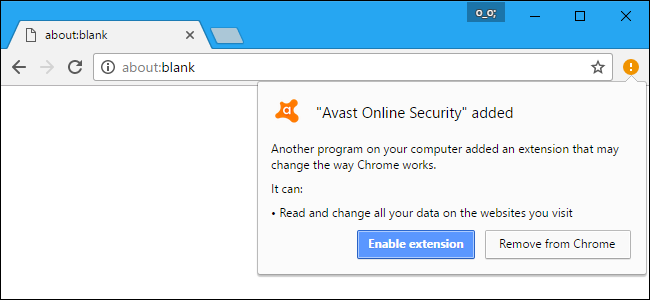
How to Get Rid of Avast's Notifications, Sounds, and Bundled Software
Avast is an unusually noisy antivirus application.
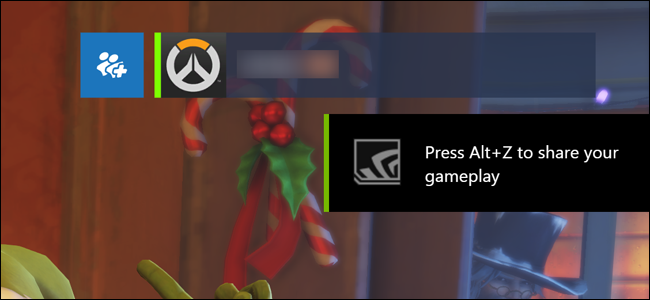
How to Hide NVIDIA's GeForce Experience In-Game Overlay Icons and Alt+Z Notification
The latest version of NVIDIA's GeForce Experience software brings a new in-game "Share" overlay that replaces the old "ShadowPlay" feature.
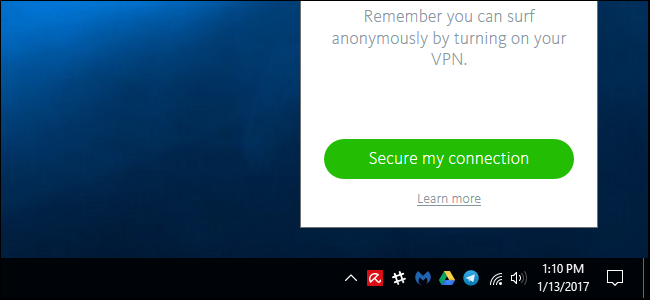
How to Get Rid of Avira's Notifications, Sounds, and Bundled Software
Avira is one of the less intrusive antivirus programs for Windows (that's why we recommend it), but you'll still get occasional ads for Avira's pro antivirus, VPN, and system speedup software.
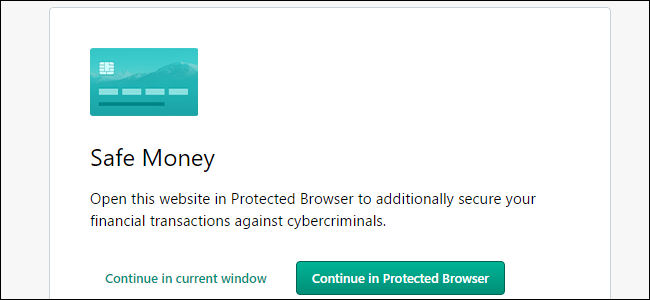
How to Get Rid of Kaspersky's Notifications, Sounds, and Bundled Software
Kaspersky Internet Security, like many other antivirus tools, is a noisy application.

How to Sell Your Steam Trading Cards (and Get Free Steam Credit)
Steam trading cards are basically free money.
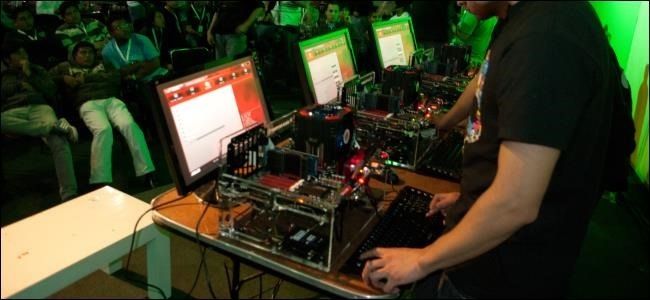
What Is Overclocking? The Beginner's Guide to Understanding How Geeks Speed Up Their PCs
Overclocking is the action of increasing a component's clock rate, running it at a higher speed than it was designed to run.
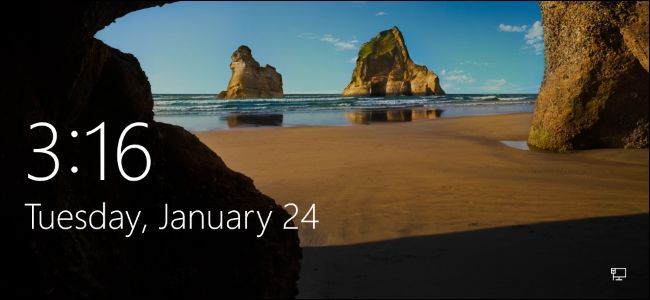
How to Customize the Lock Screen on Windows 8 or 10
The lock screen on Windows 8 and 10 isn't just a background image or slideshow.
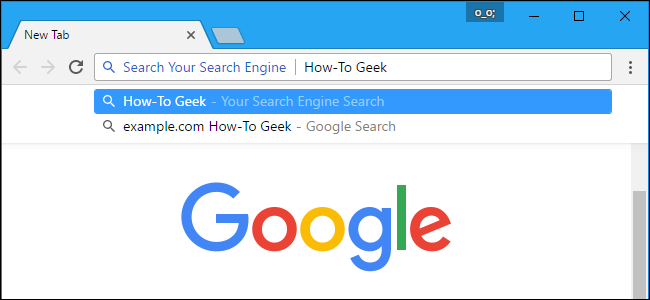
How to Add Any Search Engine to Your Web Browser
Web browsers include a few search engines for you to choose from, but you can easily add more.
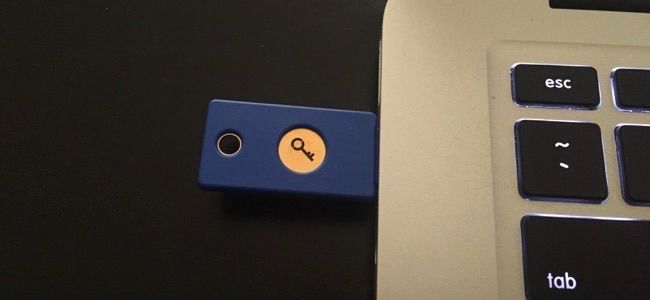
U2F Explained: How Google and Other Companies Are Creating a Universal Security Token
U2F is a new standard for universal two-factor authentication tokens.
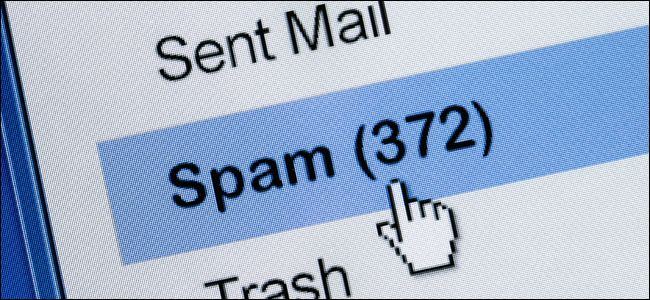
How to Stop Legitimate Emails From Getting Marked as Spam
Email services automatically classify messages as "spam" if they look spammy.
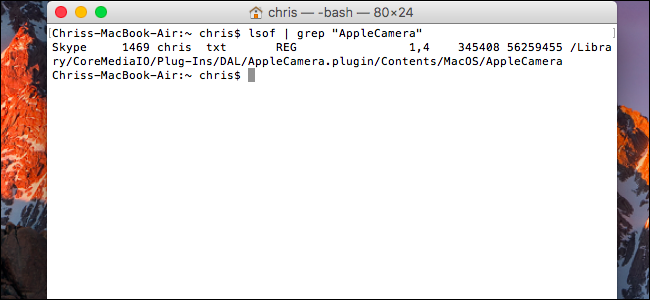
How to Tell Which Application is Using Your Mac's Webcam
Mac webcams include a light that turns on when your webcam is in use.
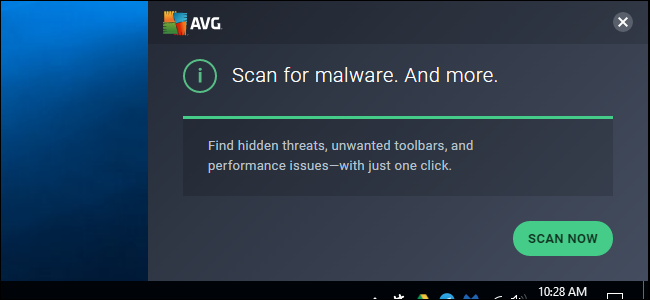
How to Get Rid of AVG's Notifications and Bundled Software
AVG Antivirus includes browser extensions, notifications, and other features sure to distract you.
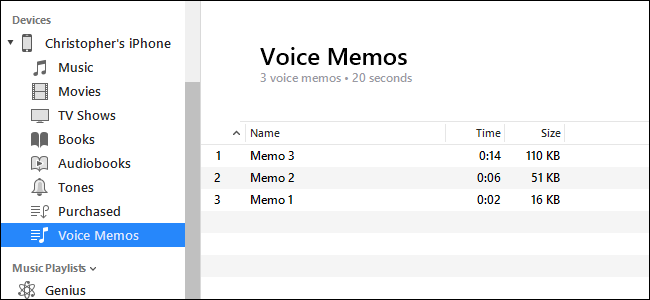
How to Transfer Voice Memos From Your iPhone to Your Computer
The Voice Memos app included with your iPhone is a convenient way to record quick voice messages, or anything else you can hear.
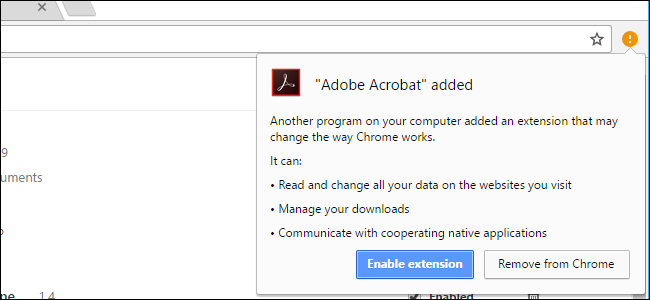
What Is the Adobe Acrobat Extension Chrome Wants Me to Install?
Adobe recently added a browser extension to its Adobe Acrobat Reader DC software.
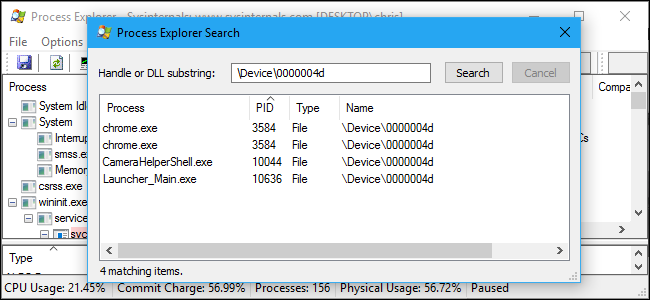
How to Tell Which Application Is Using Your Windows PC's Webcam
Webcams often include a light showing whether the webcam is in use or not.
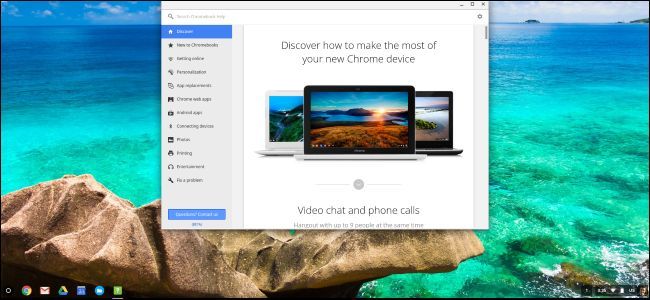
How to Restore Your Chromebook's Original BIOS and Software If You've Erased It
If you've tampered with your Chromebook---to install Windows on your Chromebook, for example---you may have replaced its BIOS with a third-party option.
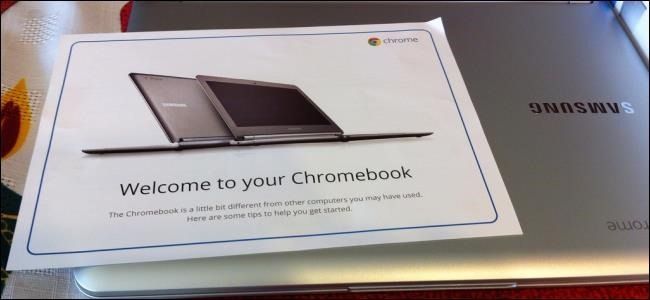
How to Factory Reset a Chromebook (Even if It Won't Boot)
Chromebooks locally sync some data, so you'll want to wipe that personal data when selling or passing on your Chromebook.
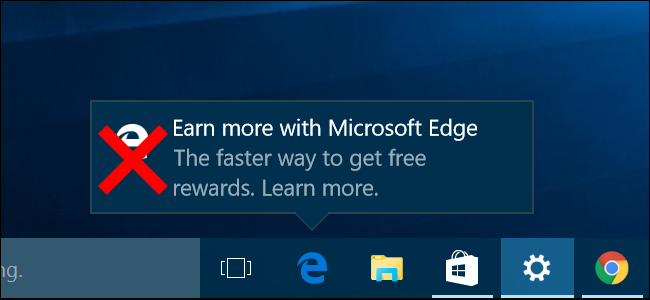
How to Disable Windows 10's Taskbar Pop-up Notifications
Microsoft is now more aggressively pushing taskbar and action center ads---some for Microsoft Edge, some for other Microsoft products.
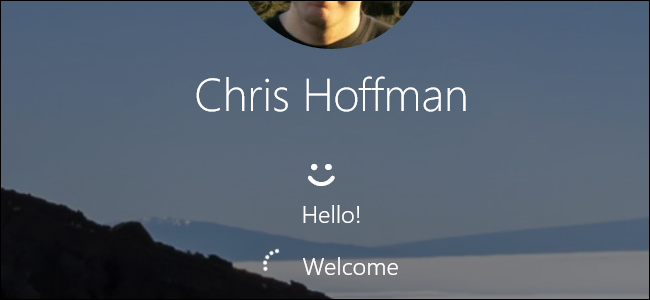
How to Log In to Your PC With Your Fingerprint or Other Device Using Windows Hello
Windows Hello, a new feature in Windows 10, allows you to sign into your computer with your fingerprint, facial recognition, a USB key, or another companion advice.

